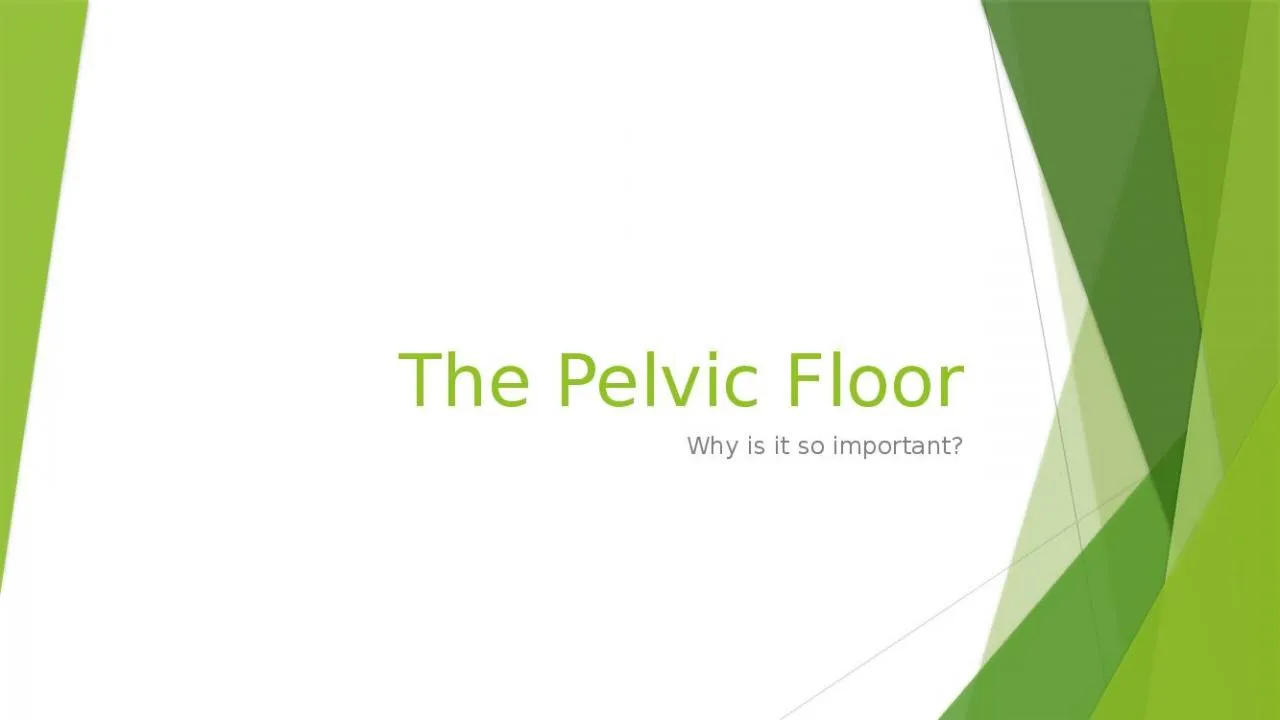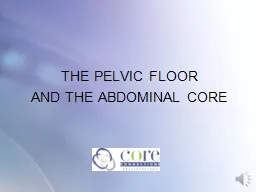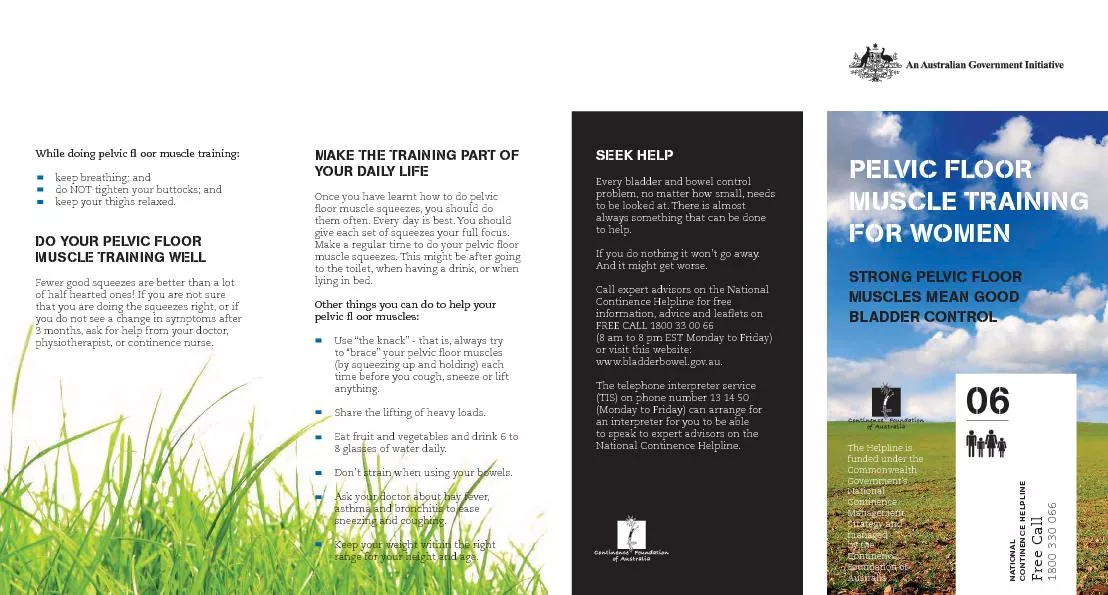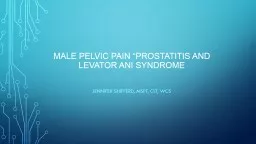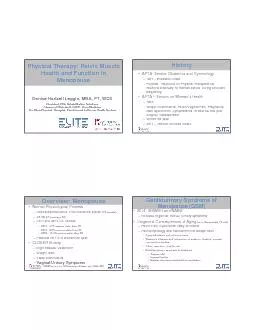PPT-The Pelvic Floor Why is it so important?
Author : leah | Published Date : 2022-02-24
Contents Pelvic floor anatomy Pelvic floor disorders Pelvic organ prolapse Types anatomy Assessment Treatment how to teach Pelvic floor exercises Urinary disorders
Presentation Embed Code
Download Presentation
Download Presentation The PPT/PDF document "The Pelvic Floor Why is it so important?" is the property of its rightful owner. Permission is granted to download and print the materials on this website for personal, non-commercial use only, and to display it on your personal computer provided you do not modify the materials and that you retain all copyright notices contained in the materials. By downloading content from our website, you accept the terms of this agreement.
The Pelvic Floor Why is it so important?: Transcript
Download Rules Of Document
"The Pelvic Floor Why is it so important?"The content belongs to its owner. You may download and print it for personal use, without modification, and keep all copyright notices. By downloading, you agree to these terms.
Related Documents

